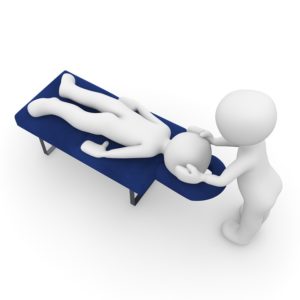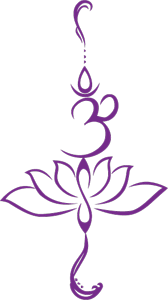Massage Therapy for First-Timers
 Massage therapy is an accepted treatment modality. Massage therapists are licensed in all of the states in the U.S. except Alaska, Kansas, Minnesota, Oklahoma, Vermont, and Wyoming. The earliest licensure law enacted for massage therapists was in Florida in 1943, followed in 1947 by Hawaii, then Oregon and Arkansas in 1951.
Massage therapy is an accepted treatment modality. Massage therapists are licensed in all of the states in the U.S. except Alaska, Kansas, Minnesota, Oklahoma, Vermont, and Wyoming. The earliest licensure law enacted for massage therapists was in Florida in 1943, followed in 1947 by Hawaii, then Oregon and Arkansas in 1951.
People who need to avoid massage therapy
While massage therapy is great for a number of conditions, it is not recommended for the following persons:
• Individuals suffering from heart failure or kidney failure
• Anyone with phlebitis or a soft tissue infection called cellulitis
• Someone with blood clots in the legs
• A person with bleeding disorders including few platelets or white blood cells
• Anyone with a contagious skin condition
• A patient undergoing chemo or radiation for cancer treatment
• Someone who is in a flare-up from rheumatoid arthritis, goiter, eczema, and skin lesions
• Anyone with osteoporosis
• An individual with a high fever needs to avoid massage
• Massage is not recommended for a person with mental impairment
There are also medications that can cause problems during a massage. Massage can change the way the medications are absorbed. For anyone without these conditions, massage is generally a safe treatment modality.
Pregnant women need to find a therapist who is specifically trained to give massages to pregnant women. If you have diabetes, you need to check your blood sugar after a massage as it may be too low. Massage therapy is a helpful method of regulating blood sugar, so it is important to note any changes over time if you are diabetic and receiving massages often.
How to find a massage therapist
Massage therapists undergo a training program of at least 500 hours. They sit for national exams, and are trained in various modalities. Many also choose to undergo continuing training. Contact the American Massage Therapy Association, the National Association of Massage Therapists, the Associated Bodywork and Massage Professionals, or the American Medical Massage Association for referrals.
What to expect during your massage therapy visit
You will be asked to disrobe and cover yourself with a sheet. If you are not comfortable completely disrobing, then leave whatever clothing on that you feel you need to leave on. Your massage therapist will work around your limitations, but bear in mind that you will not get the full benefit of the massage if the therapist cannot access your full body.
The massage therapist will need to use an oil or lotion on your body to reduce the friction between the therapist’s hands and your body. The therapist will check with you to determine if you have any allergies to either the oil or the scent. Most therapists keep several types of oil handy due to their clients’ particular sensitivities.
Most therapists begin with you on your back on the massage table. Relaxing music is usually playing in the background. When the therapist has finished working on the front of your body, you will be asked to turn over.
A face cradle will be put on the end of the massage table for you to put your face in while the therapist works on the posterior parts of your body. The face cradle keeps the neck from being placed in an awkward position.
At the end of the massage, you will be left alone to regather your wits from the relaxed place they have been during the massage and get dressed.
In summary
There is nothing to fear with a massage. It is an impersonal therapy that helps with healing.


